 Hyundai claim to have achieved their annual sales target of the SUV in less than two weeks. Sarmad Kadiri steps in to find out what the hype is all about
Hyundai claim to have achieved their annual sales target of the SUV in less than two weeks. Sarmad Kadiri steps in to find out what the hype is all about
Photography Sanjay Raikar
Hyundai had been missing all the action in India’s booming SUV segment as both the Tucson and Terracan received lukewarm response and eventually had to be phased out. Being the second largest player in the country, Hyundai cannot seem to resist the potential of the segment and have finally launched the Santa Fé to claim their share of the SUV pie. A couple of months ago we gave you an exclusive first drive of the SUV, which grabbed a lot of attention. The Korean automobile manufacturer is importing the vehicle as a completely built unit (CBU) and had initially planned to sell about 500 units per year. However, they had to revise their plan within just two weeks, because they received 535 bookings in just 12 days! Need one say more? The Santa Fé is actually a softroader based on the Sonata platform and this is evident from its suspension set-up. It has a monocoque chassis with McPherson strut with coil spring suspension in front while a multi-link type with an anti-roll stabiliser bar does the duty on the rear. The set-up is more suited for urban use and can handle occasional off-roading trips, though it is not equipped to take serious thrashing. The SUV comes in two-wheel and four-wheel drive versions and the latter is not an all-time four-wheel drive. So you can turn on the 4×4 with the press of a button and the centre differential gets engaged, which further enhances its capability as an off-roader. Furthermore, the 200 mm of ground clearance is a big boost. Unfortunately, there is no ‘low-ratio’, which means that more serious terrain is better left off for other full-fledged SUVs. I felt the suspension to be on the firmer side, which allowed the impact of bumps and ditches to filter through to the cabin. But these vehicles are mostly used for urban use and so the ride has purposely been kept this way.
The Santa Fé is actually a softroader based on the Sonata platform and this is evident from its suspension set-up. It has a monocoque chassis with McPherson strut with coil spring suspension in front while a multi-link type with an anti-roll stabiliser bar does the duty on the rear. The set-up is more suited for urban use and can handle occasional off-roading trips, though it is not equipped to take serious thrashing. The SUV comes in two-wheel and four-wheel drive versions and the latter is not an all-time four-wheel drive. So you can turn on the 4×4 with the press of a button and the centre differential gets engaged, which further enhances its capability as an off-roader. Furthermore, the 200 mm of ground clearance is a big boost. Unfortunately, there is no ‘low-ratio’, which means that more serious terrain is better left off for other full-fledged SUVs. I felt the suspension to be on the firmer side, which allowed the impact of bumps and ditches to filter through to the cabin. But these vehicles are mostly used for urban use and so the ride has purposely been kept this way.  However, it is Hyundai’s 2.2-litre motor that is like a gem in the Santa Fé’s crown.
The CRDI (common rail direct injection) engine comes with a six-speed manual transmission and can churn out a decent 197 PS and an amazing 422 Nm of torque.
The motor can be revved all the way up to 4,000 rpm and the torque surges in right from 1,800 rpm. One can sense a slight lag, but it does not hamper the driveability and the lag is a lot less than other diesel mills of this size. Even at 1,987 kg it is hardly lethargic. With its good torque the Santa Fé shines in the city and its driving dynamics make it more fun on the highway. The gear shifts seem a little rigid at times and the clutch is surprisingly hard, leaving you with a throbbing left leg after a long drive. We hope Hyundai introduce a six-speed automatic transmission soon, which is already available in the international market.
The performance figures remove all doubts about this Hyundai. We reached from 0 to 100 km/h in just 9.4 seconds and attained a top speed of 170 km/h. The roll-on figures also endorse its driveability and will ensure hassle-free overtaking in city.
However, it is Hyundai’s 2.2-litre motor that is like a gem in the Santa Fé’s crown.
The CRDI (common rail direct injection) engine comes with a six-speed manual transmission and can churn out a decent 197 PS and an amazing 422 Nm of torque.
The motor can be revved all the way up to 4,000 rpm and the torque surges in right from 1,800 rpm. One can sense a slight lag, but it does not hamper the driveability and the lag is a lot less than other diesel mills of this size. Even at 1,987 kg it is hardly lethargic. With its good torque the Santa Fé shines in the city and its driving dynamics make it more fun on the highway. The gear shifts seem a little rigid at times and the clutch is surprisingly hard, leaving you with a throbbing left leg after a long drive. We hope Hyundai introduce a six-speed automatic transmission soon, which is already available in the international market.
The performance figures remove all doubts about this Hyundai. We reached from 0 to 100 km/h in just 9.4 seconds and attained a top speed of 170 km/h. The roll-on figures also endorse its driveability and will ensure hassle-free overtaking in city.
 Now for the superficial stuff. The Korean engineers have not tried anything futuristic with the styling, which is seen on some of their other Hyundai SUVs that were recently unveiled. The Santa Fé gets sleek, rectangular headlights that arch towards the side fenders. The grille and bumper are merged in as a single piece and the bonnet gets a couple of muscular creases, which give the car a solid front stance. It is the side profile that compliments the large proportions, which are bigger than other soft-roaders. The fluid design continues to the rear with the slim tail-lights and boot lid, both following the soft, rounded edge theme. The chunky rear bumper, twin exhausts, spoiler and roof rails add up to give a sporty appeal to the SUV. Overall, the design remains contemporary, subtle and pleasing.
Now for the superficial stuff. The Korean engineers have not tried anything futuristic with the styling, which is seen on some of their other Hyundai SUVs that were recently unveiled. The Santa Fé gets sleek, rectangular headlights that arch towards the side fenders. The grille and bumper are merged in as a single piece and the bonnet gets a couple of muscular creases, which give the car a solid front stance. It is the side profile that compliments the large proportions, which are bigger than other soft-roaders. The fluid design continues to the rear with the slim tail-lights and boot lid, both following the soft, rounded edge theme. The chunky rear bumper, twin exhausts, spoiler and roof rails add up to give a sporty appeal to the SUV. Overall, the design remains contemporary, subtle and pleasing.
The contemporary design theme continues to flow into the interior as well, though we would have liked it to be more trendy keeping the competition in mind. The air-con vents, gear knob and switches bear the typical Hyundai mark. The fake wood trims and dashboard design are a cheap imitation of European SUVs and the quality of material used could have been better. Both the front seats can be electronically adjusted. The second row can easily accommodate three grown-ups, though the third row is tight on space and is better suited for kids. The long list of equipment is quite impressive. You get a six-CD changer, Aux-in and USB compatibility as part of the standard equipment. There are audio and cruise controls on the steering wheel. The tachometer, speedometer and fuel gauges sit in sporty, chrome-rimmed pods and there is also a multi-functional digital display. The four-star NCAP rating makes the Santa Fé a safe ride with front, side and curtain airbags and active headrests, roll-over sensor, ABS with EBD, and ESP. At Rs 21.75 lakh for the two-wheel drive version and Rs 23.83 lakh for the four-wheel drive one (ex-showroom, Pune), the Santa Fé is a good deal and is also more affordable than most other soft-roaders in the market. The SUV is quite popular in the US and Europe and Hyundai are facing difficulties in meeting the international demand. Already in a supply crunch, it will be interesting to see how the Korean auto major satisfies impatient Indian SUV buyers.
At Rs 21.75 lakh for the two-wheel drive version and Rs 23.83 lakh for the four-wheel drive one (ex-showroom, Pune), the Santa Fé is a good deal and is also more affordable than most other soft-roaders in the market. The SUV is quite popular in the US and Europe and Hyundai are facing difficulties in meeting the international demand. Already in a supply crunch, it will be interesting to see how the Korean auto major satisfies impatient Indian SUV buyers.
CAPTIONS:
Its fluid design and 18” wheels make the Santa Fe distinctive and appealing
The interior design and fake wood trims are a cheap imitation of European SUVs and the quality of material used could have been better






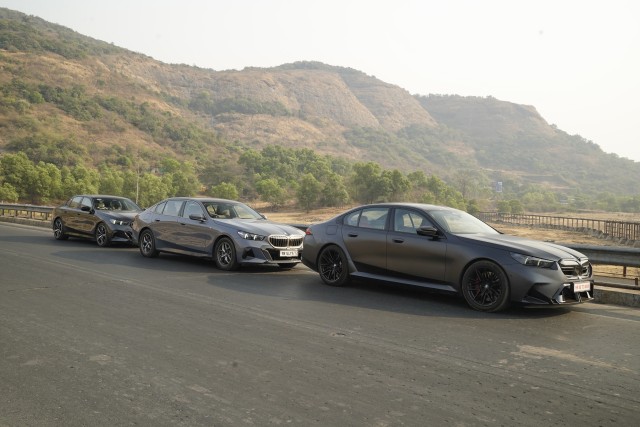
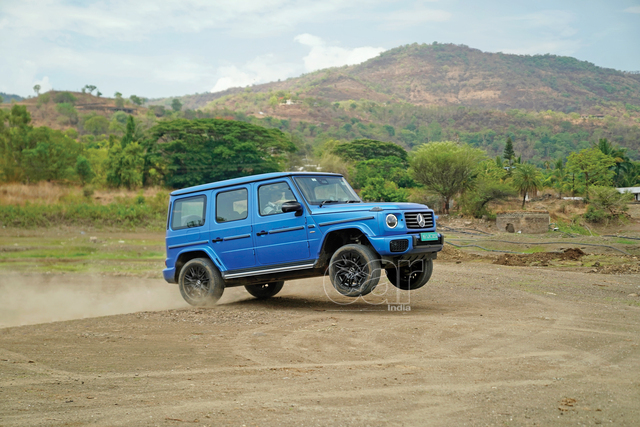
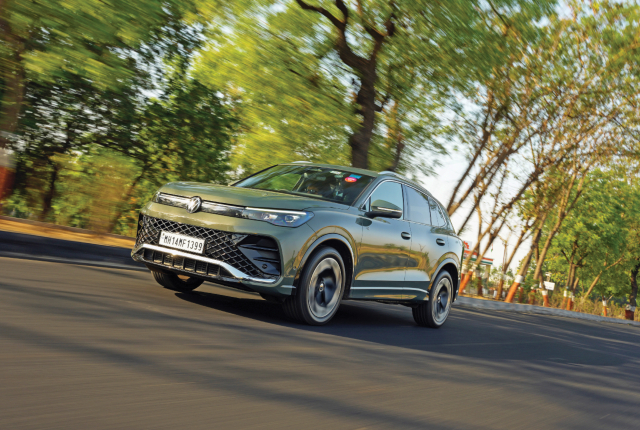
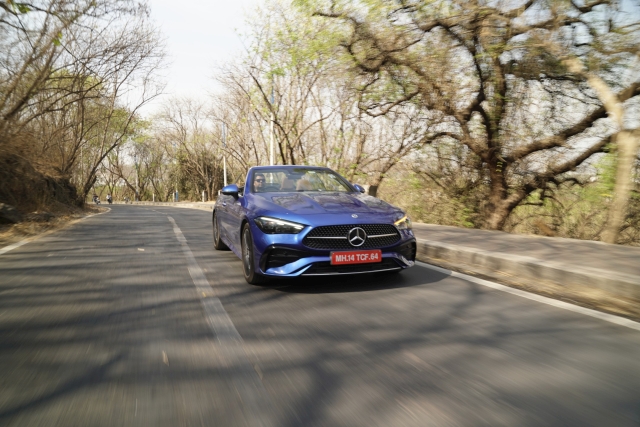

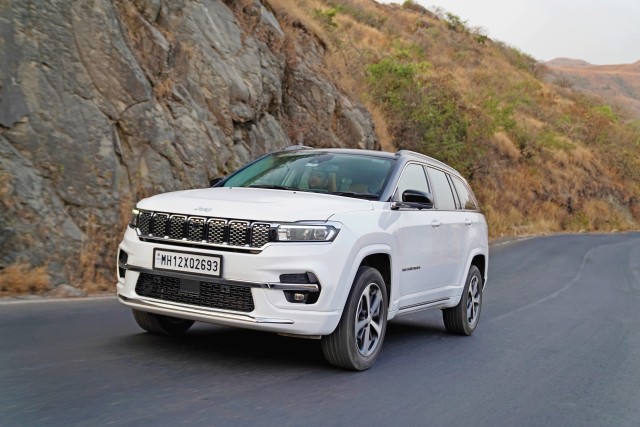
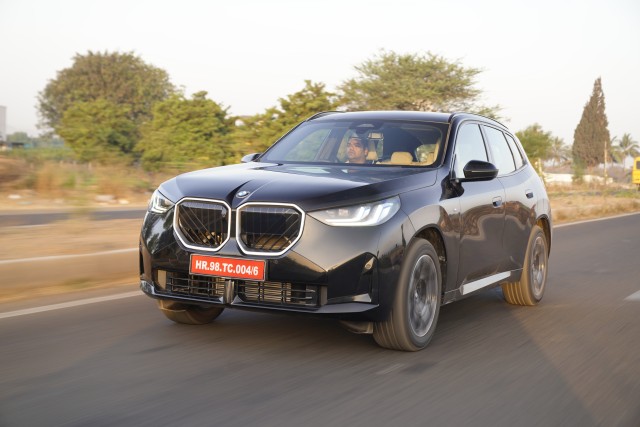
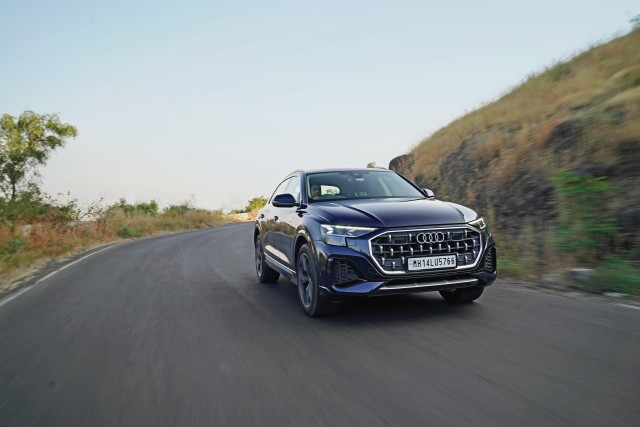
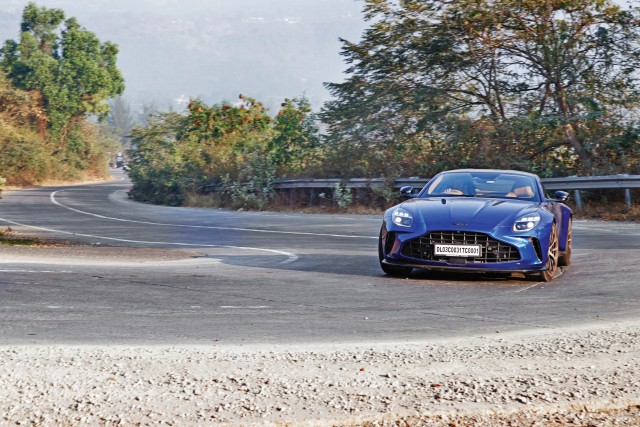
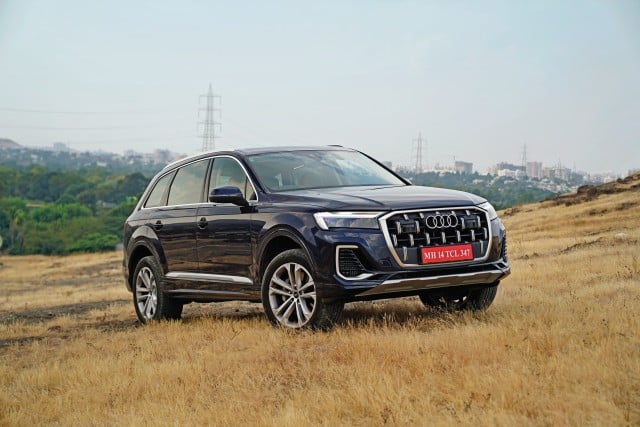
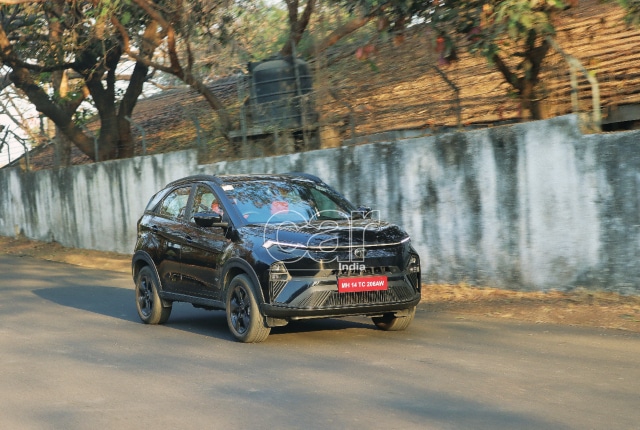




Leave a Reply